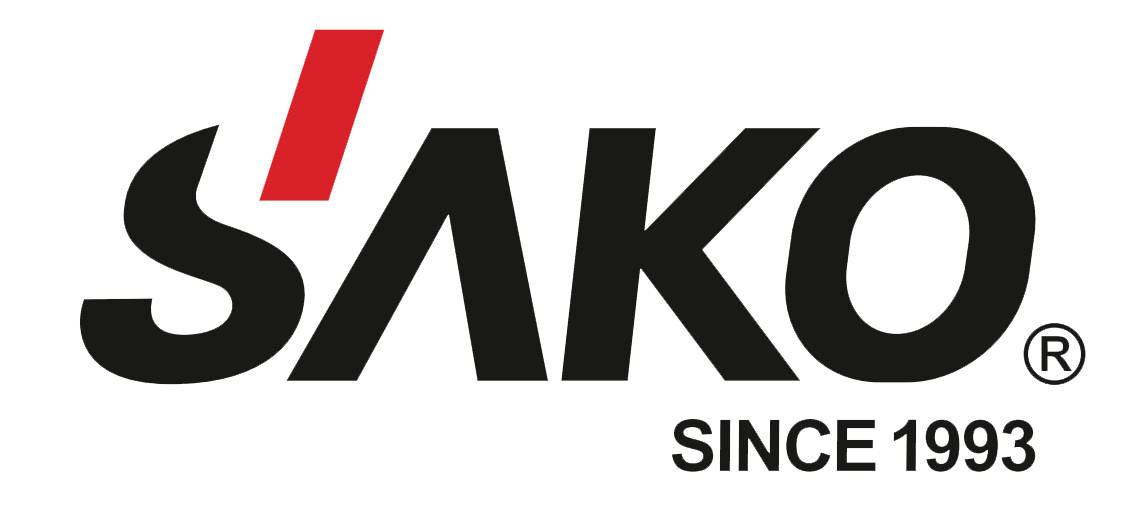As the General Manager of the Foreign Trade Department at SAKO VFD, I’ve seen firsthand the transformative impact of technology in industrial applications. One question that often comes up in discussions with clients and colleagues is about the integration of Variable Frequency Drives (VFDs) in vacuum pumps. Why is this technological advancement gaining so much traction in the industry?
Installing Variable Frequency Drives (VFDs) on vacuum pumps not only saves a significant amount of electricity costs but also offers multiple layers of protection to the equipment, thereby extending its lifespan.
In this post, I’ll delve into the reasons behind this integration, drawing from my experience and insights gained at SAKO VFD.
What Makes VFDs Essential for Vacuum Pumps?
Let’s start by understanding the role of a vacuum pump in industrial settings. These pumps are used to remove air and other gases from a sealed space, creating a vacuum. They are crucial in industries like packaging, pharmaceuticals, and food processing. But what happens when these pumps operate at a constant speed regardless of the demand?
Here’s where VFDs come into play. A Variable Frequency Drive is a type of motor controller that drives an electric motor by varying the frequency and voltage supplied to the electric motor. This variation allows for precise control of the motor’s speed and torque, leading to several benefits.
How Does a VFD Provide Multiple Layers of Protection to Vacuum Pumps?
When we talk about the integration of VFDs with vacuum pumps, the conversation often revolves around energy efficiency. However, an equally important aspect is the protection VFDs offer to these pumps. This protection is multi-faceted, encompassing various elements of the pump’s operation and overall health.
Reduced Mechanical Stress: VFDs control the acceleration and deceleration of the vacuum pump’s motor, which reduces the mechanical stress during start-up and stopping. This gentle ramp-up and down of speed prevent sudden jolts and strains on the motor and associated mechanical components, thereby reducing wear and tear.
Thermal Protection: VFDs can effectively manage the motor’s temperature by controlling the operating speed. This ensures that the motor does not overheat, safeguarding against thermal damage. Overheating is a common cause of equipment failure, and by maintaining an optimal temperature, VFDs significantly enhance the longevity of the vacuum pump.
Overload Protection: VFDs are capable of detecting and responding to conditions that may lead to motor overload. By adjusting the motor speed or torque, or even shutting down the operation in extreme cases, VFDs prevent the motor and the pump from being subjected to conditions that could cause damage.
Electrical Protection: VFDs also protect the motor from electrical issues such as under-voltage, over-voltage, phase loss, and other electrical disturbances. This level of electrical protection is crucial in preventing damage that can be caused by unstable or unsuitable power supplies.
What Are the Implications of Extended Equipment Life for Businesses?
The extended lifespan of vacuum pumps equipped with VFDs has significant implications for businesses. Firstly, it translates to lower maintenance costs. Pumps that operate under less stress and in optimal conditions require less frequent repairs and parts replacements. This reduction in maintenance needs results in cost savings and less downtime.
Furthermore, the reliability of the equipment is enhanced. For industries that rely heavily on vacuum pumps, unexpected downtime can be costly and disruptive. The improved reliability offered by VFDs means more consistent production and process continuity, which is vital for maintaining productivity and meeting deadlines.
Lastly, the extended equipment life contributes to better capital expenditure planning. Equipment that lasts longer provides more value for the investment and allows businesses to plan their capital investments more strategically, without the pressure of frequent equipment replacements.
In summary, the integration of VFDs with vacuum pumps is not just about energy efficiency; it’s also about enhancing the operational lifespan and reliability of the equipment, which has far-reaching benefits for businesses in terms of cost savings, reliability, and strategic financial planning.
How Do VFDs Enhance Vacuum Pump Performance?
Energy Efficiency: One of the most significant advantages of using VFDs is energy savings. Traditional vacuum pumps run at full speed, consuming maximum power regardless of the actual demand. VFDs adjust the motor speed according to the requirement, reducing unnecessary energy consumption. This not only saves on electricity bills but also contributes to a more sustainable operation.
Extended Equipment Life: VFDs help in reducing the mechanical and electrical stresses on the vacuum pump motors. By controlling the motor’s start and stop, VFDs ensure a gradual increase or decrease in speed, minimizing wear and tear. This gentle handling extends the lifespan of the pumps, translating to lower maintenance costs and reduced downtime.
Are There Cost Benefits?
Absolutely. The initial investment in a VFD can be offset by the significant energy savings and reduced maintenance costs over time. Moreover, the enhanced control over the vacuum process can lead to better product quality, reducing waste and improving overall productivity. These factors contribute to a more cost-effective and efficient operation.
What About Environmental Impact?
In today’s world, the environmental impact of industrial operations is under constant scrutiny. By optimizing energy use and reducing waste, VFDs contribute to more environmentally friendly practices. This is not just good for the planet; it’s also increasingly becoming a requirement for compliance with environmental regulations and standards.
Conclusion
Incorporating VFDs into vacuum pump systems is more than just a technological upgrade; it’s a step towards smarter, more efficient, and sustainable industrial operations. At SAKO VFD, we are committed to providing solutions that not only meet the current demands of industries but also pave the way for a more efficient and environmentally responsible future.
